Unique Vegetation Zones of the Galapagos Islands
Galapagos Islands, a beautiful archipelago in Ecuador. The island has always been home to some of the most exotic and rare species of flora and fauna. With nearly 500 different native species of plants in this archipelago. It is no surprise that Galapagos Islands Ecuador played a major role in influencing the work of Charles Darwin in the area of plant geography.
What is special about this archipelago is the fact that the vegetation is not the same throughout the island. Rather, it’s different in different parts. Incidentally, this archipelago has three different types of vegetation zones:
- Namely the arid desert zone
- The humid zone, which are the highlands
- The coastal zone.
Interestingly, most of the arid region is desert like in nature and therefore. It is only the sturdiest of plants that actually survive here.
However, you will find lush and green vegetation towards the coastal areas, which give the islands a completely different look. Therefore, it is obvious that flora species found in this region are both unique and special. Here’s a look at what this land has to offer:
Endemic species – Galapagos
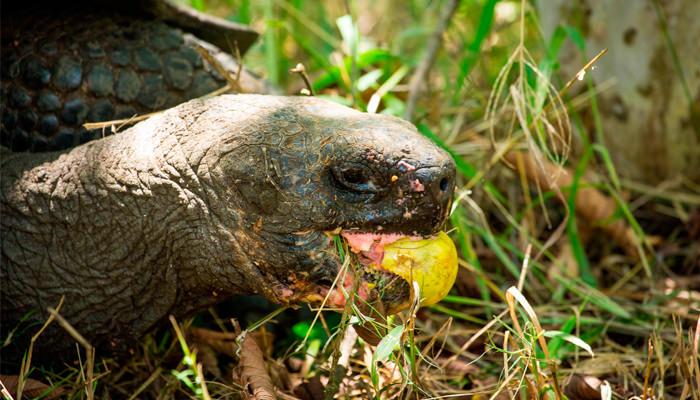
The special nature of Galapagos Islands Ecuador stems from the fact that nearly 40% of the flora species found here are endemic to the region. In other words, they are not found elsewhere in the world and solely belong to this region.
This is another reason why the flora and natural botanical gardens of this archipelago are among the endangered and protected forests of the world. These include, but are not restricted to, special varieties of cotton, fruits like guava, tomato and pepper as well as a special variety of passion flower.
Different zones – Galapagos
Galapagos Islands, Ecuador are divided into different zones based on the amount of rainfall they receive and in turn. The kind of flora that you can find there.
These include the littoral or coastal zone, the arid or dry zone, the humid highlands and the transition zone. Interestingly, each zone has different types of vegetation, which gives this archipelago a completely different feel and experience.
Tourists who visit the archipelago come expecting to see lush greenery everywhere but are surprised to find that a dull brown and grey arid landscape actually dominates this region.
However, despite being an arid zone predominantly, it is not without its beauty, for there are shrubs and plants, which have survived in this region, making it truly beautiful and worthy of exploring.
Littoral or coastal zone
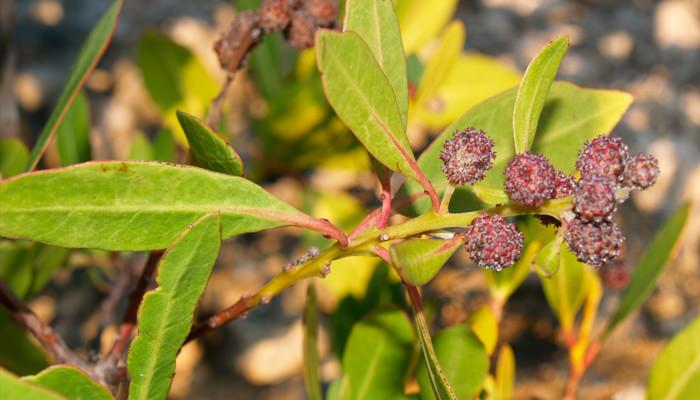
When talking about islands or an archipelago, lush verdant landscapes are what come first to our minds. And this archipelago does not disappoint, especially when you visit the coastal areas. Here you will find different types of mangroves that are indigenous to this region.
The beauty of these plants is that they survive despite the high salt content in the waters, given that they thrive near the sea. Mangroves are the most abundant of the lot, including different kinds like the Black. White and Red Mangroves along with a different variety called the Button Mangroves.
The Black Mangroves are those that are the most tolerant to salt water, with leaves that have special salt extracting glands.
The Red Mangroves are those with a red bark, which is used in tannins and is also a source of charcoal. Button Mangroves are found at a higher altitude and are not your usual variety of mangroves, while the white ones are found closest to the coast.
In addition, you have the Beach Morning Glory, which are vines that are useful in stabilizing the sand dunes in the region. Other plants include Saltbush and Sesuvium, which add to the beauty of the coast.
Dry or arid zone
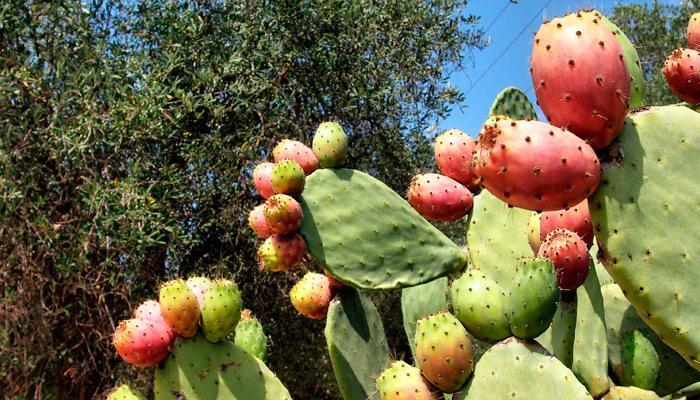
Here, the landscape changes from green to dull brown and is full of different varieties of cacti. However, it is important to note that cacti are not the only plants that thrive in this region but there are other floral plants too, which add to the beauty of this region.
Important among the cacti are the Prickly Pear Cactus, Lava Cactus and the Candelabra Cactus. Incidentally, these cacti actually help the fauna of the region in their survival.
For instance, the Prickly Pear Cactus is a major source of food and water to the iguanas and the tortoises of the region.
As mentioned earlier, there are other floral plants in the region, including those like the Cutleaf Daisy, Lantana, Manzanillo, Palo Santo, Palo Verde, Mollugo and many others.
As with the cacti, these plants also serve the food and water needs of the fauna in the region, making them truly indispensable.
Humid zone
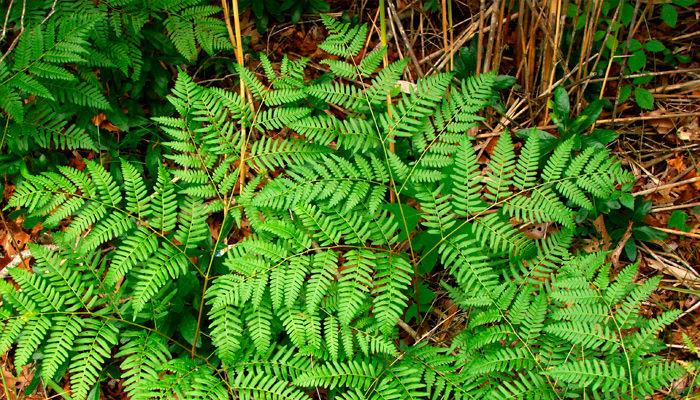
One of the most important and beautiful plants that are found in this region is the Scalesia, which is short and green but has a bark that’s covered with moss and lichens. Bracken Ferns and Miconia are two other species that are found in this region.
However, this region and these indigenous plants are in danger of becoming extinct, largely because of the human population intrusion in the area along with their goats and pigs, which in turn devour these plants.
Transition zone – Galapagos
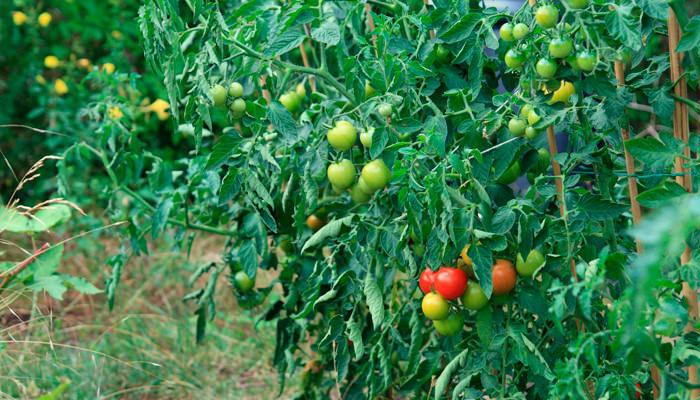
This is the area of the archipelago, where you get higher amount of rainfall and will find denser plant growth.
Between the arid and humid regions, this zone is home to several trees and small bushes, including some special endemic varieties of tomatoes and guavas.

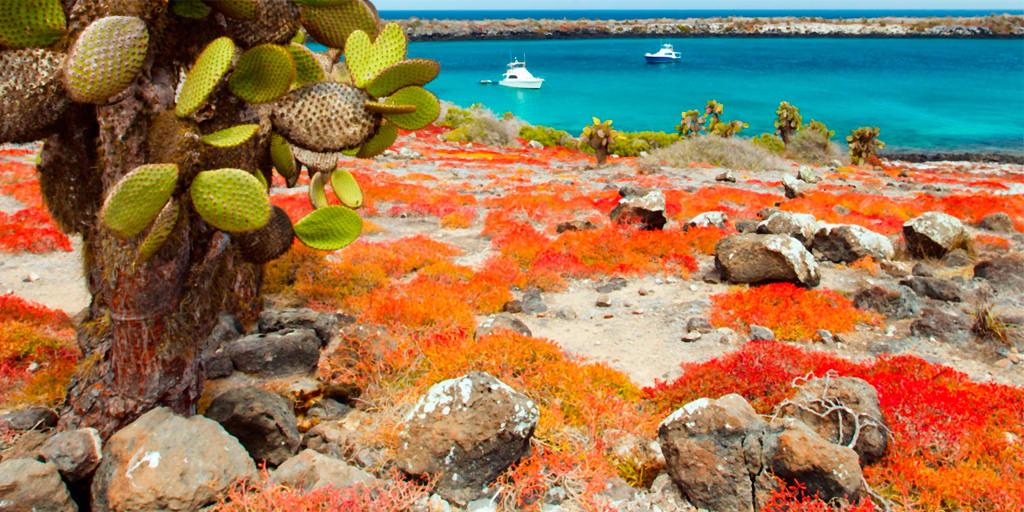

Comments